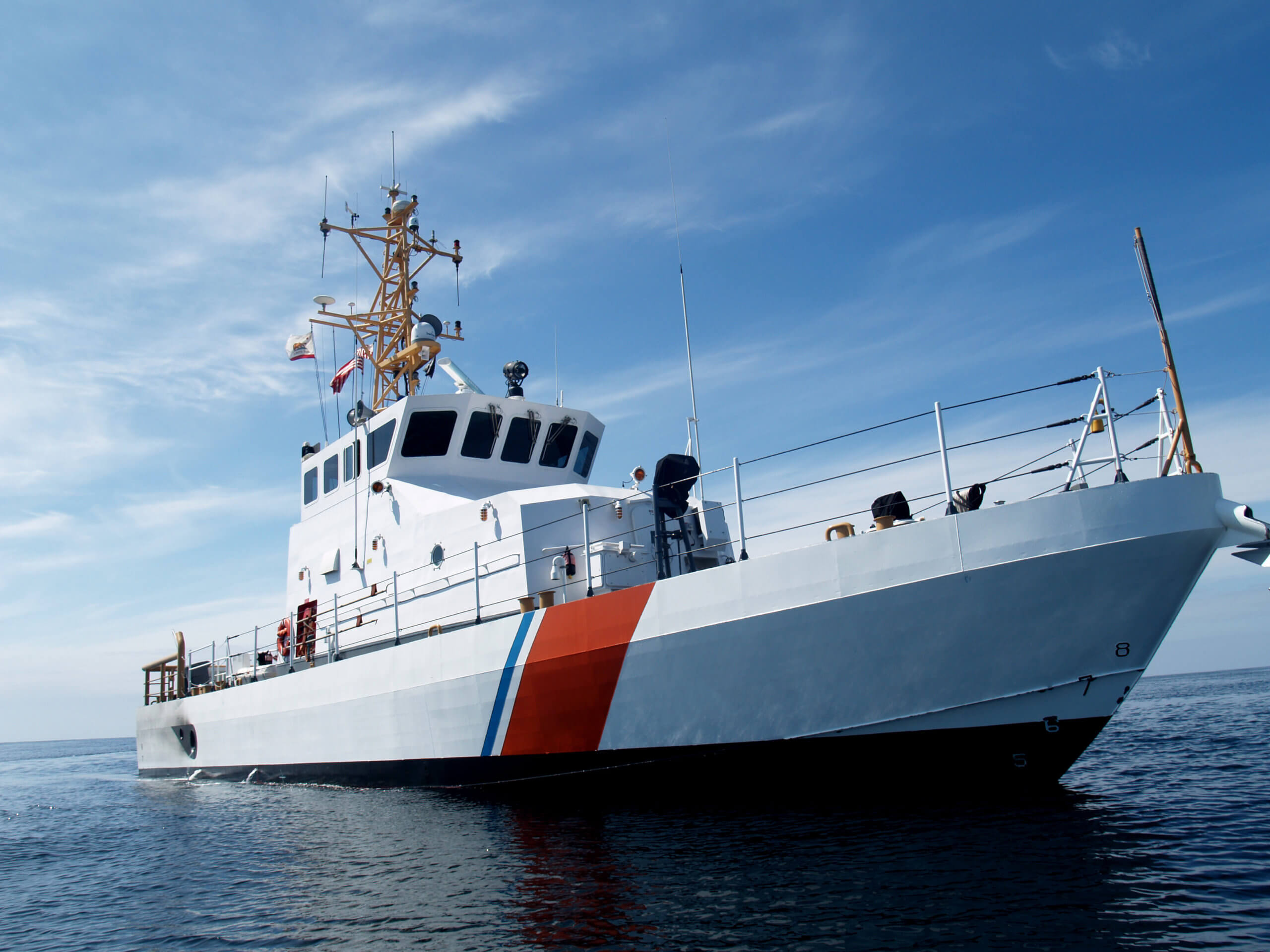Hard Aground! Now What?

When I teach seamanship courses to private boaters on the South Shore, I note that if you boat in our local waters and have never run aground, you’re lying. Even USCG regulars have been known to “touch bottom” at times in these waters . . . So, the issue is not if you run aground, but what you do afterward.
What do you do first?
There are a couple of things to do right away. First, determine if the grounding has caused a leak. Even sand, if you hit it hard enough, can stove in a hull (or a through-hull fitting or a drive shaft fitting through a stuffing box.) While the water obviously isn’t very deep right where you are, if your hull starts to fill with water, she may slide into deeper water and then your problems will start to escalate.
Immediately get everyone into life jackets. You’re the skipper and are responsible for the safety of everyone on that vessel. Second, check your tide charts and determine if time is an ally or an enemy, i.e., if the tide rising (the rising tide lifts all boats said John Kennedy) or falling. If it is falling, time is now working against you.
Now what?
So, at this point, you know if the boat has sprung a leak (if so, get right on VHF-16 and hail the USCG; get the “rescue starts now” clock ticking ASAP), you have everyone in life jackets, and you know if you will be helped in time or not. This should have taken you less than one minute. If the hull isn’t leaking, try backing away the way you came in.
Increase throttle moderately and keep turning the wheel back and forth, port to starboard and back again. Why? Well, to some degree, it is like rocking a car in the snow. Sand and boats can get into a very powerful embrace caused by suction of the wet sand and the smooth surface of a boat’s hull. But, second and perhaps more important, you are sending sand from the stern directly forward — increasing the “hump” that you have to float over. By turning the wheel, you’ll break the suction and spread the sand around.
Be conscious of what is behind you because, if you suddenly break free, you don’t want to go flying into a busy seaway. Assuming this is working, it is quite possible that you will find yourself making more progress when the wheel is to one side or the other. Once you see the stern making more way down one exit path then the other, make that your new centering path. In short, don’t waste time and fuel trying to back down a path that isn’t getting you anywhere — but don’t fail to sway the helm back and forth down your new exit path or you may fill it with sand and ruin your escape. Most times, this will get you out.
I’m free – Or am I?
Unless you got out pretty quickly and easily, I would head for the marina and get a hose on that engine and start to wash out the sand. I’d also have somebody look at the running gear. A small nick in a prop can do a lot of damage to an engine’s “innards” because the running gear is no longer balanced. At a minimum, get the boat somewhere where you can get a water hose on the engine and flush it — with the engine OFF. If there is sand in there, don’t grind it out of your engine. Wash it out.
What if you are at this for four to five minutes and nothing is happening? Well, if the tide is against you, and you have towing insurance, call for help. Any more time wasted and you might be spending the night. The commercial towers are well equipped and largely well trained. (You DON’T have towing insurance. Think again, bunky . . . It is the cheapest insurance that you will use.) Get familiar with the difference between “salvage” and a simple tow, especially if you don’t have contracted commercial insurance. Maritime law is complex . . .
But what if the tide is with you?
Well, you can still call for help but you also have an opportunity to engage in some seamanship that might hold you in good stead sometime in the future when you have more difficult circumstances in hand. How about putting an anchor out toward the deeper water and “kedging”, i.e., pulling yourself along it from the bow? You are introducing a new angle of pressure and that might pull you free or at least loosen the bottom-suction.
At a minimum, as the tide rises, it will keep you from being blown higher on to the beach by the wind. If your boat is big enough to have a tender (dinghy), get it to work pushing the boat. Think like what you are: a sea captain.
BTW, if you are interested in being part of USCG Forces, email me at JoinUSCGAux@aol.com or go direct to the D1SR Human Resources department; the folks there will help you “get in this thing . . .”



